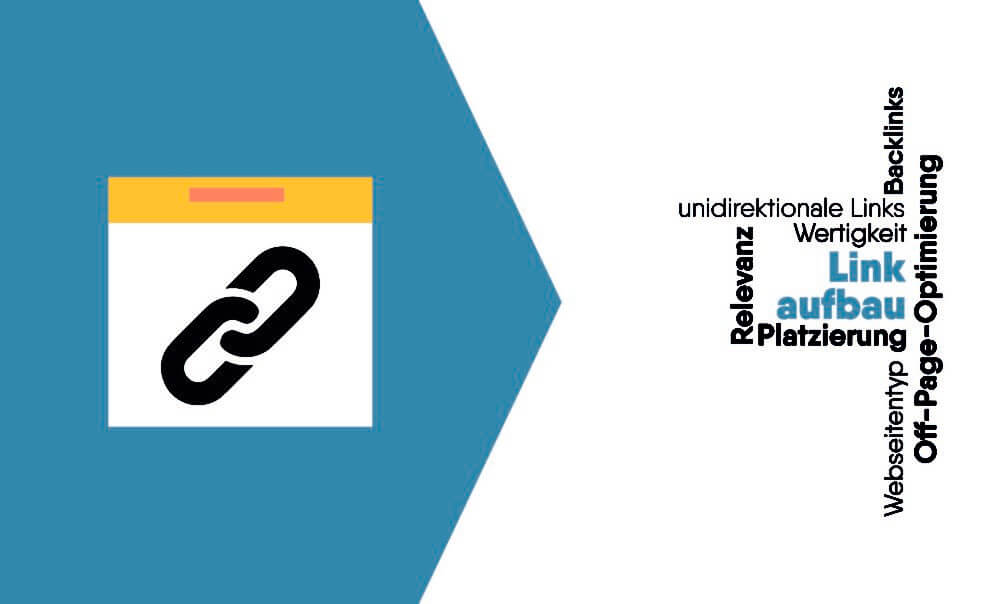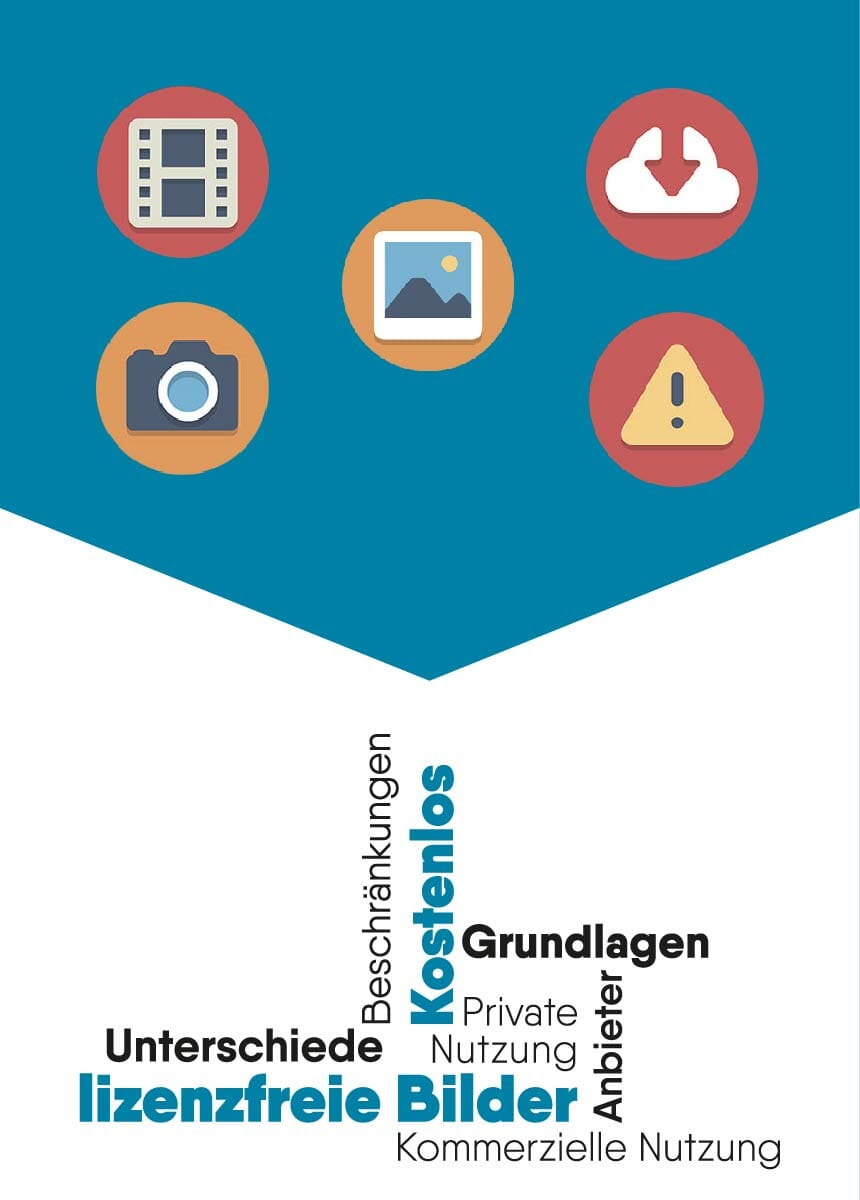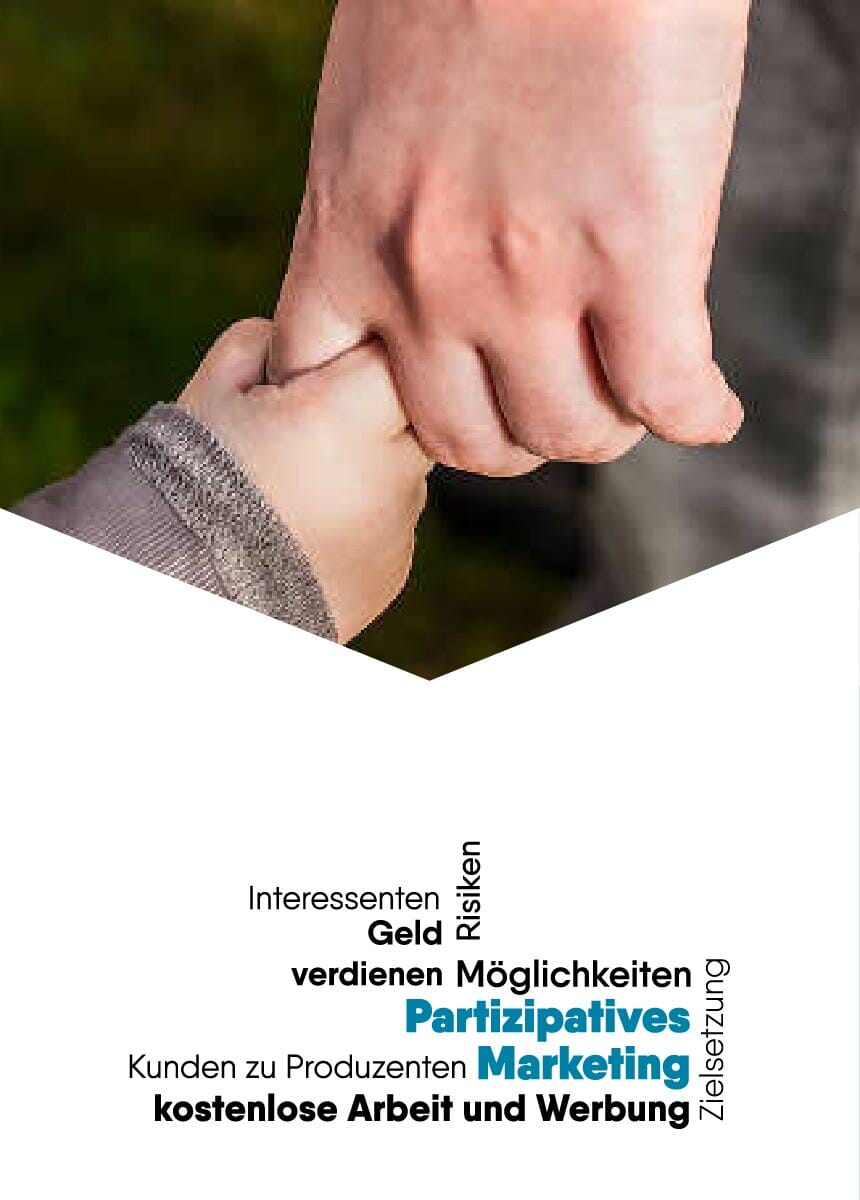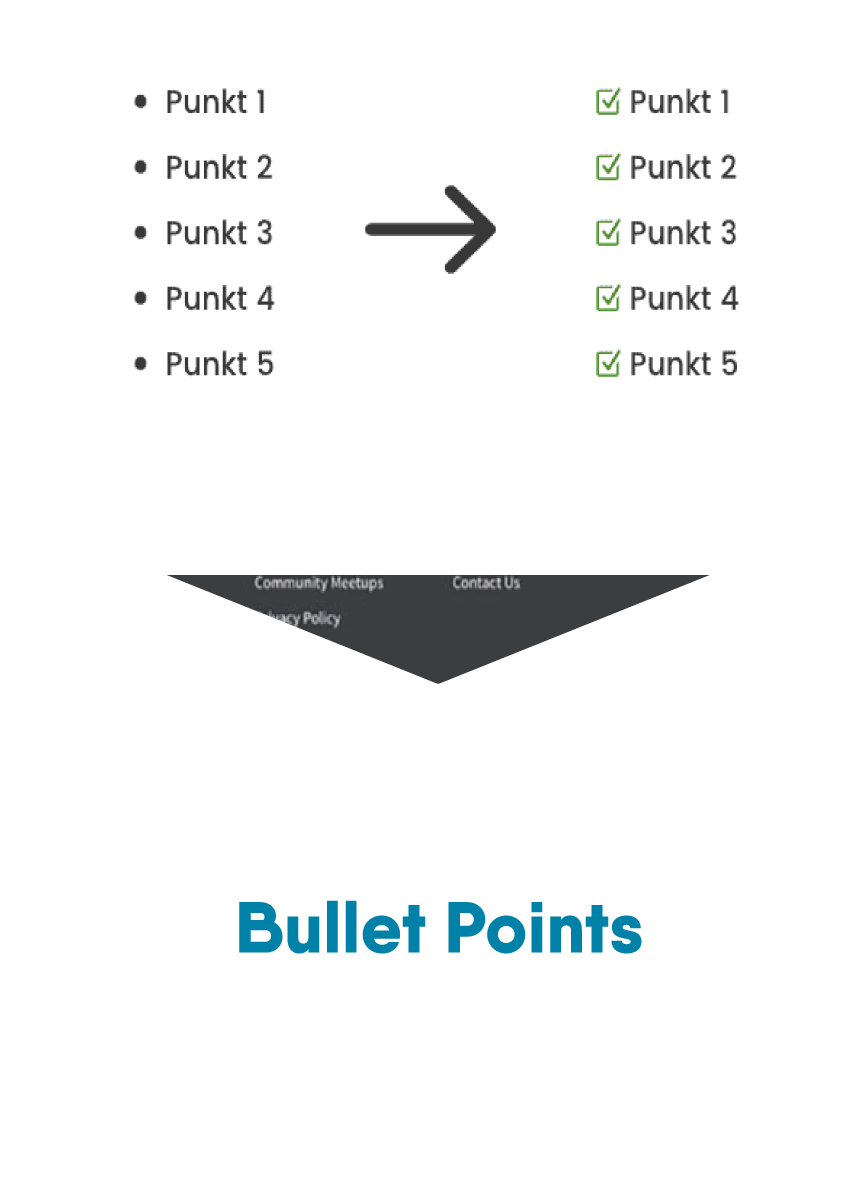The term link building, or also called link building, refers to the intentional increase of backlinks in number and quality of a web page. Sounds quite simple at first, but what do you have in mind?
We would like to show you what this topic is about, what link building is useful for and much more in this article.
What is link building?
Link building is part of the off-page optimization of a website and consists of creating backlinks to the target website on other websites.
Nowadays one wants to simulate a link growth as natural as possible, which is also called organic link building. The number of backlinks grows over time and with it the associated domain popularity of the website. It is important to pay attention to the continuity of the linking process.
You should not set too many links too fast and the links should not stop suddenly, but it should also not be too even. It is best to create more backlinks in some weeks and fewer in others. The operator can influence this natural growth in the number of links on a website by creating high-quality content, regularly updated and topic-relevant information and PR campaigns.
In contrast to this is artificial link building, where measures are actively taken to increase the number of backlinks. Such measures are often found in PR or press articles. Here the corresponding links are only placed for the purpose of link building. But this method is also used in social media, because comments on blogs and answers to expert communities can also contain such unnatural backlinks.
To counteract this type of link building, search engines often change their result algorithms. This filters out those websites on which an unnaturally high number of backlinks have been placed in a very short time. The consequence: In search engine rankings they are banned to the back result positions or even completely removed from the index.
Google, for example, recognizes artificial link structures and regularly counteracts them with its penguin update. This is fatal for the visibility of any website, so remember: Less is sometimes more!
What’s the use of it?
Now that you know what link building is all about, we would like to explain what they are needed for.
On the one hand for direct improvement on the ranking places of the search engines.
As already mentioned, naturally set backlinks are among other factors decisive for the search engine ranking places. If a page is well linked and the backlinks are classified as natural by e.g. Google, this website has a good chance. It can work its way up the ranking list more easily than other sites that are less well linked. The link popularity and that of the website are increased and therefore more relevant.
On the other hand, they serve to generate visitors.
When the visitor of a web page clicks on the backlink to the target page, he is redirected from the current web page directly to the other one. The visitor can now look around and possibly discover content that interests him. He spends some time there and in the best case he evaluates the discovered content positively and leaves a corresponding comment. Because he likes the page so much, he remembers it and may come back later.
Just as companies and shops have their regular customers, websites can also have their regular visitors. This is helpful in terms of the number of visitors to the websites and their statistics.
And this, in turn, is reflected in the ranking of the search engines, because well rated content and high visitor numbers are among other things decisive for the ranking position of the website.
So you can say that this is the more indirect way of getting a better search engine ranking.
The backlinks
Although we have already hinted at it above, we would like to give you a more concrete definition of the term. Backlinks are inbound and unidirectional links that redirect from a foreign website to the desired one.
The website operators of foreign domains usually have no direct influence on the generation of backlinks. However, they can set the attribute nofollow for links that redirect to other websites and were inserted by users. This means that the backlink remains on the website, but is invalidated for the search engines.
The Webcrawler cannot follow this link , cannot index it and cannot “credit” the linked website as a backlink.
Quality determination of the backlinks
The quality of a backlink is composed of several factors. The most important factors for evaluating the quality of a backlink are presented below.
Accessibility and visibility:
First of all, you should make sure that the page you are linking to is currently accessible at all. This also applies to the domain on which you want to set your link.
Also note the page rank of the page. If this is 0, the page probably has a penalty and is at the bottom of the rankings or has even been excluded. You should also make sure that the desired pages are indexed in the search engine so that your backlink can be captured by the search engine.
Placement:
Place the links on different domains for more reach and variety. Search engines recognize it when links from only one web page link to another. This can sometimes cause search engine algorithms to classify the links as artificial. The links should also be set from different IP addresses.
It is also important to keep in mind the country of origin and the language of the pages. If you want your website to rank on Google.de, you should mainly use links from German language websites. It is possible that the target group of the page on which your backlink is set has no use for your page at all. For example, the redirected visitors speak Spanish, do not understand German and cannot do anything with your article, no matter how good it is.
Value of the website with backlink:
Added to this is the value of the website on which you place the link. Less important, less visited pages with poor quality content are not as suitable for the link as opposite pages. The probability that visitors will find the backlink, use it and visit your site is simply higher with high-quality websites.
Thematic relevance of the backlink:
You should also consider whether the backlink of your website thematically matches the content of the external website. If you link from a craftsman blog to a post on a beauty blog that has nothing to do with the previous topic, this makes little sense. Accordingly, this link is rather to be classified as inferior. Because: The visitor should be able to get an added value from the article you linked to, which fits his interests.
Type of website:
In addition, the type of website is important for the quality. Social bookmark portals, catalogues and article portals are not as high quality as topic-related portals. These include university websites or well-known articles from news portals like Spiegel. However, there should also be less qualitative links in your link repertoire, so that there is a balance between strong and weak links. There should be more of the less relevant links than very high-quality backlinks.
The link itself:
The link or anchor text is also important. This is the part of the text that links to the website, usually highlighted in colour and clickable. The variation of the anchor text is recommended, because otherwise the search engines will suspect an unnatural link structure, which can lead to the consequences already described.
Link building made easy
Now you should be well informed about the link building and the used backlinks. You now know what it is about and what it is useful for. Also the one or other tip can certainly help you if you also want to do off-page optimization for your website.
We wish you good luck and see you next time!









Comments